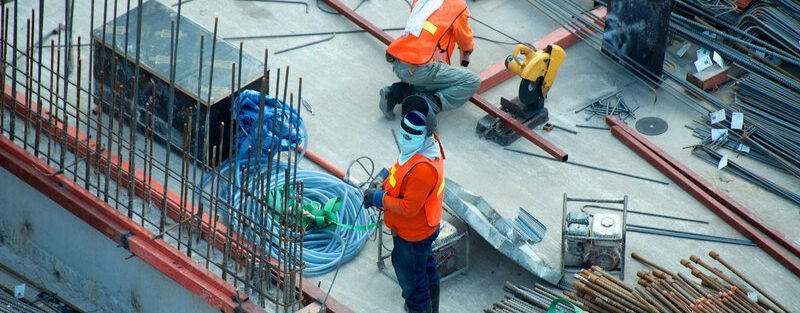Modern trends in construction: ecology, automation and new materials
The construction industry is constantly evolving, offering new solutions, materials and technologies. Modern trends are focused on increasing energy efficiency, environmental friendliness and automation of processes. In this article, we will consider the key areas that are shaping the future of construction.
- Environmental friendliness and sustainable construction
The environmental component is becoming one of the most important aspects in construction. More and more attention is paid to minimizing the negative impact on the environment.
Basic principles of sustainable construction:
- Use of environmentally friendly materials. Natural materials such as wood, clay and stone are becoming popular due to their safety and minimal carbon footprint.
- Energy saving. Modern buildings are designed with minimal heat loss in mind. This is achieved through the use of energy-efficient materials, high-quality thermal insulation and the introduction of smart home technologies.
- Green roofs and facades. Plant coverings on the roof and walls of a building help reduce energy consumption for cooling, improve air quality and contribute to the preservation of biodiversity.
Benefits of sustainable construction:
- Reduced negative impact on the environment.
- Reduced building operating costs (reduced heating and energy costs).
- Improved quality of life due to a cleaner and more comfortable environment.
- Automation of construction processes
Automation and digital technologies are actively being implemented at all stages of construction. They not only speed up the process of building construction, but also improve the accuracy of work.
Main areas of automation:
- 3D printing of buildings. The use of 3D printers allows you to quickly erect buildings from concrete, plastic or other materials. This not only reduces construction time, but also reduces its cost.
- Use of drones. Drones are used to monitor the progress of construction, take measurements, create terrain maps and monitor safety at construction sites.
- BIM (Building Information Modeling). Building information modeling systems help design and manage construction taking into account all engineering, architectural and operational characteristics of the facility.
Benefits of automation:
- Reduced labor costs and accelerated construction.
- Increased accuracy and minimized errors.
- Improving quality control of work.
- New building materials
Modern technologies allow us to create materials that have unique properties and open up new possibilities for construction.
Trends in the use of materials:
- Self-healing concrete. This is an innovative material that can independently repair cracks due to bacteria that secrete calcium. This increases durability and reduces repair costs.
- Heat-resistant and fireproof materials. In the context of climate change and an increase in the number of fires, such materials are becoming increasingly popular for ensuring the safety of buildings.
- Transparent concrete. This material contains fiber optic fibers, which allows it to transmit light. This solution opens up new possibilities for architectural design.
Advantages of new materials:
- Improved performance characteristics (durability, resistance to weather conditions).
- Possibility of creating unique architectural solutions.
- Reducing the cost of maintenance and repair of buildings.
- Modular and prefabricated construction
Modular houses and buildings are becoming increasingly popular due to their mobility, speed of construction and cost-effectiveness.
Features of modular construction:
- Modular buildings are assembled from prefabricated blocks that are manufactured at a factory. This allows for a significant reduction in construction time and cost.
- Ease of transportation and assembly. Modules are delivered to the construction site and assembled on site in a few days or weeks.
- Modular buildings can be used for residential premises, as well as for offices, schools or medical institutions.
Advantages of modular construction:
- Speed and cost-effective construction.
- Minimal construction waste and environmental safety.
- Possibility of expansion and modification of the building in the future.
- Energy-saving technologies
Reducing energy consumption is not only a trend, but also a necessity for modern buildings. The implementation of energy-efficient solutions can significantly reduce operating costs.
Technologies that reduce energy consumption:
- Solar panels. They allow you to partially or completely provide the building with electricity due to solar energy.
- Geothermal heating systems. Using the heat of the earth to heat rooms and supply hot water is becoming an increasingly popular solution for energy-efficient homes.
- Smart home systems. Intelligent control systems allow you to optimize the use of electricity, heating and lighting depending on the time of day and the needs of residents.
Advantages of energy-saving technologies:
- Reducing utility costs.
- Reducing greenhouse gas emissions and environmental safety.
- Increasing comfort and quality of life.
Conclusion
Modern trends in construction are aimed at improving the quality of life, reducing the impact on the environment and optimizing the costs of operating buildings. Eco-friendly materials, process automation, new construction technologies and energy-saving solutions are becoming an integral part of modern construction, offering efficient and durable solutions for the future.


